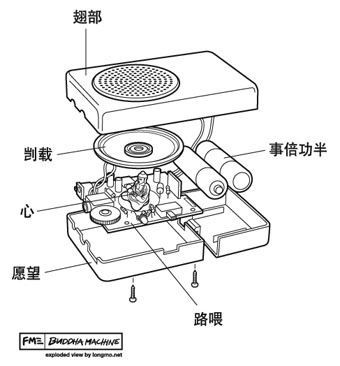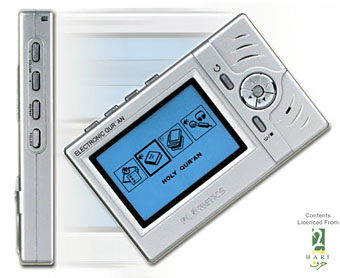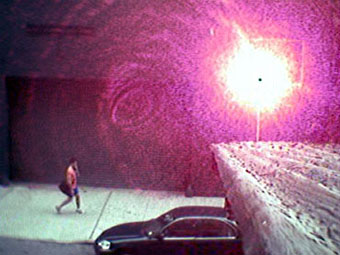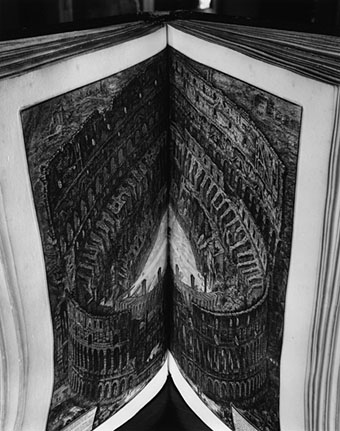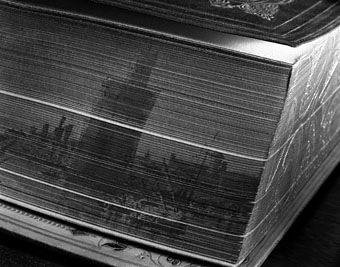Photography by Patrick Sarfati.
Death from above
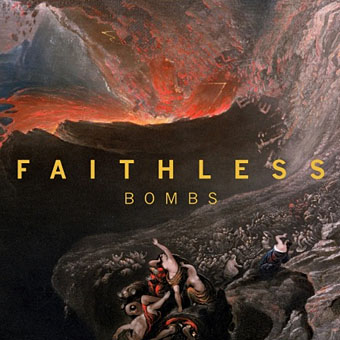
The apocalyptic spectacles of Romantic painter John Martin are routinely treated by art critics as kitsch, a dismissal which ignores the considerable power and perennial attraction that many of his best pictures possess. Kitsch is a bad thing, it seems, unless you’re Jeff Koons or Jake and Dinos Chapman.
Martin’s most famous work, The Great Day of His Wrath, has raised its tumultuous head again on the cover of Bombs, a recent single by Faithless. The painting depicts a scene from the Book of Revelations with city-capped mountains being upturned onto terrified sinners while lightning cuts through the sky. The video for the song is an anti-war affair by Howard Greenhalgh, juxtaposing innocuous images of everday life with weapons being fired and soldiers being attacked, often in the same shot. So a happy family skips along a beach while a mushroom cloud grows on the horizon. The moral guardians at MTV have duly banned this in order to spare the delicate sensibilities of America’s teenagers. And they wonder why people like YouTube so much? Or Google Video?
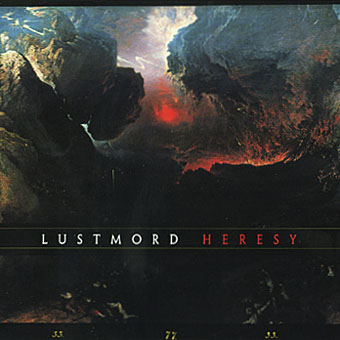
Faithless are a bit late to John Martin’s table, Lustmord featured the painting in full on the cover of Heresy in 1990, an album whose doomy rumbles I much prefer to the duo’s lightweight soul. Better late than never, I suppose.
Previously on { feuilleton }
• The apocalyptic art of Francis Danby
• The Enigma of Desiderio
God in the machines
Fm3’s Buddha Machine.
The Electronic Qur’an.
• Compact, robust and easy to use;
• Long lasting battery life;
• Large LCD with blue backlight for night time viewing;
• Built-in audio speaker;
• Built-in DC adapter jack;
• Ability to record up to 3 hours* of voice;
• Follow and compare your own voice with the reciters;
• Excellent sound quality with AudiTrax technology;
• Inter-changeable audio plug-in system;
• Bookmark function;
• Repeat function;
• Search function;
• Full audio recitation;
• Approved/licensed Qur’an text in Arabic (Uthmanic font type);
• Approved/licensed Qur’an text in English (Mushin Khan’s translation);
• Approved Islamic contents in both Arabic and English translation.
Modern Orthodox by Elliott Malkin.
Modern Orthodox is a working demonstration of my next-generation laser eruv system. An eruv (pronounced ey-roov) is a symbolic boundary erected around religious Jewish communities throughout the world. While an eruv is typically constructed with poles and wires, Modern Orthodox employs a combination of low-power lasers, wifi surveillance cameras and graffiti, as a way of designating sacred volumes of space in urban areas.
Crucifix NG by Elliott Malkin.
Crucifix NG (Next Generation) is the principal work of the Faith-Based Electronics Group at the Interactive Televangelist Program (ITP). Crucifix NG is a printed electronic circuit board in the shape of a crucifix. This handheld, wall-mountable device houses a battery-operated transmitter that broadcasts an ASCII, non-denominational version of the Lord’s Prayer at 916 megahertz. (916 has no numerological significance – it is simply a function of the availability of low-cost transmission chips within this FCC license-free bandwidth.)
Previously on { feuilleton }
• Layering Buddha by Robert Henke
Abelardo Morell
The Coliseum by Piranesi #2 (1995).
Fore-Edge Book (2001).
Just two of Abelardo Morell‘s striking photographs.
These are from his Books series. His Alice in Wonderland
tableaux are especially inventive.
Elsewhere on { feuilleton }
• The etching and engraving archive
Verner Panton’s Visiona II
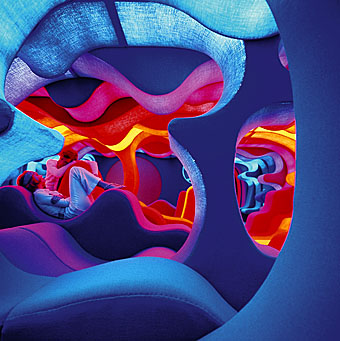
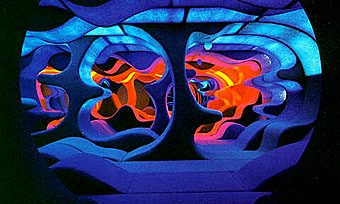
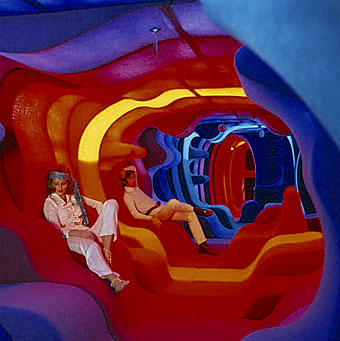
An environment by Verner Panton, creator of many classic furniture designs.
Commissioned in 1970 by Bayer AG.


